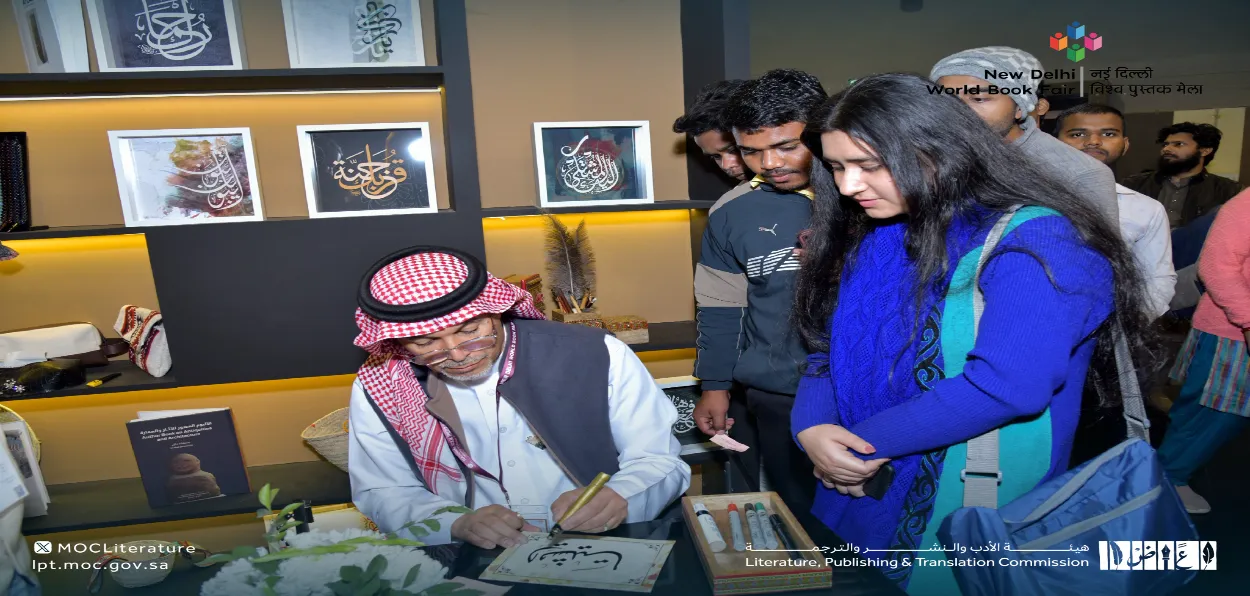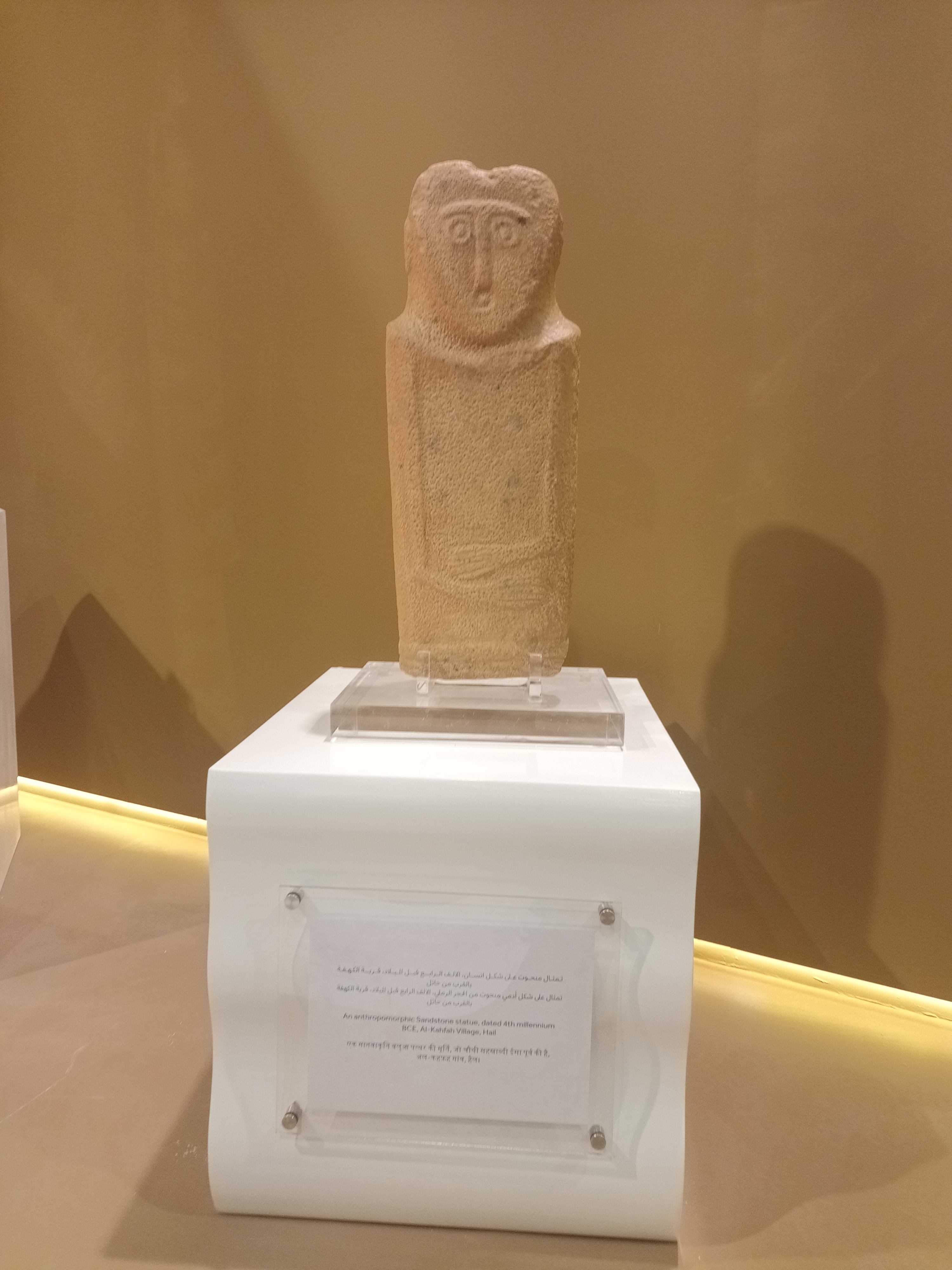
Saquib Salim
“Saudi Arabia is changing fast”, is an oft-made comment in the media these days. The King of Saudi Arabia, Mohammed Bin Salman (MBS) is modernizing the country, shifting it away from the orthodoxy. For those, like me, who haven’t been to the country, a visit to the Saudi Arabian pavilion at the New Delhi World Book Fair (NDWBF) 2024 confirms the trend.
The Kingdom of Saudi Arabia is the Guest of Honour Country at this edition of NDWBF. The official letter of the Fair informs, “Both Riyadh and New Delhi enjoy a cordial and friendly relationship reflecting the centuries-old economic and socio-cultural ties between the two nations. The Arab country has the honour of an exclusive pavilion sprawling 400 square meters showcasing Arabic literature and its wealth of knowledge, artefacts, culture, and arts.”
Visitors at the Saudi Arabia pavilion at the Book Fair
As one enters this majestic pavilion, the first sight is of Arab men and women welcoming people into the premises. The women, even though clad in abayas, are a far cry from the past when they couldn’t step outside without a male ‘mehram’. Entering the pavilion of a country where till recently women were not allowed to drive and see them directing, and interacting with, male visitors freely, is a testimony to the changes happening in the country.
Another shocker came for me when I looked at the artefacts on the display. Islamic orthodox countries, especially Saudi Arabia, had always maintained silence on the pre-Islamic past. Their history starts only with the advent of Islam. For Saudi Arabia, the birthplace of Islam, this cut-off date was somewhere in the late 6th or early 7th century. Earlier regimes simply disowned anything before that time.
The artefacts at the display, all of them, belonged to the pre-Islamic period. The most ancient and interesting was a sandstone statue from the 4th millennium BCE, i.e. around 6,000 years old. The statue was unearthed from Hail. Apart from this, there was a bronze lamp from the 3rd century, a mural painting from the 1st century, a bronze plaque in Musnad script from the 3rd century, and other items on display.
 Exhibit at NDWBF-2024: 6000-year statue on display in the Saudi Arabia pavilion
Exhibit at NDWBF-2024: 6000-year statue on display in the Saudi Arabia pavilion
As you move to the next portion, a 360-degree surround display experiential room, the daily life and culture of Saudi Arabia is on display. This again doesn’t stress on Islamic buildings but on trees, people, and other markers of civilization.
We had lived in a world where Saudi Arabia could never be associated with music as it was banned. The display of traditional musical instruments of the country, therefore, was a big surprise. You can find Daf, Oud, Rabab, Qanoon, etc. proudly announcing that under MBS, music is no longer banned in the Kingdom.
ALSO READ: Sufi Basant started as Ameer Khusro wanted to pull Nizamuddin Aulia out of grief
The display of women’s dresses is equally interesting as we could never visualise Saudi women in any other attire but an abaya.
